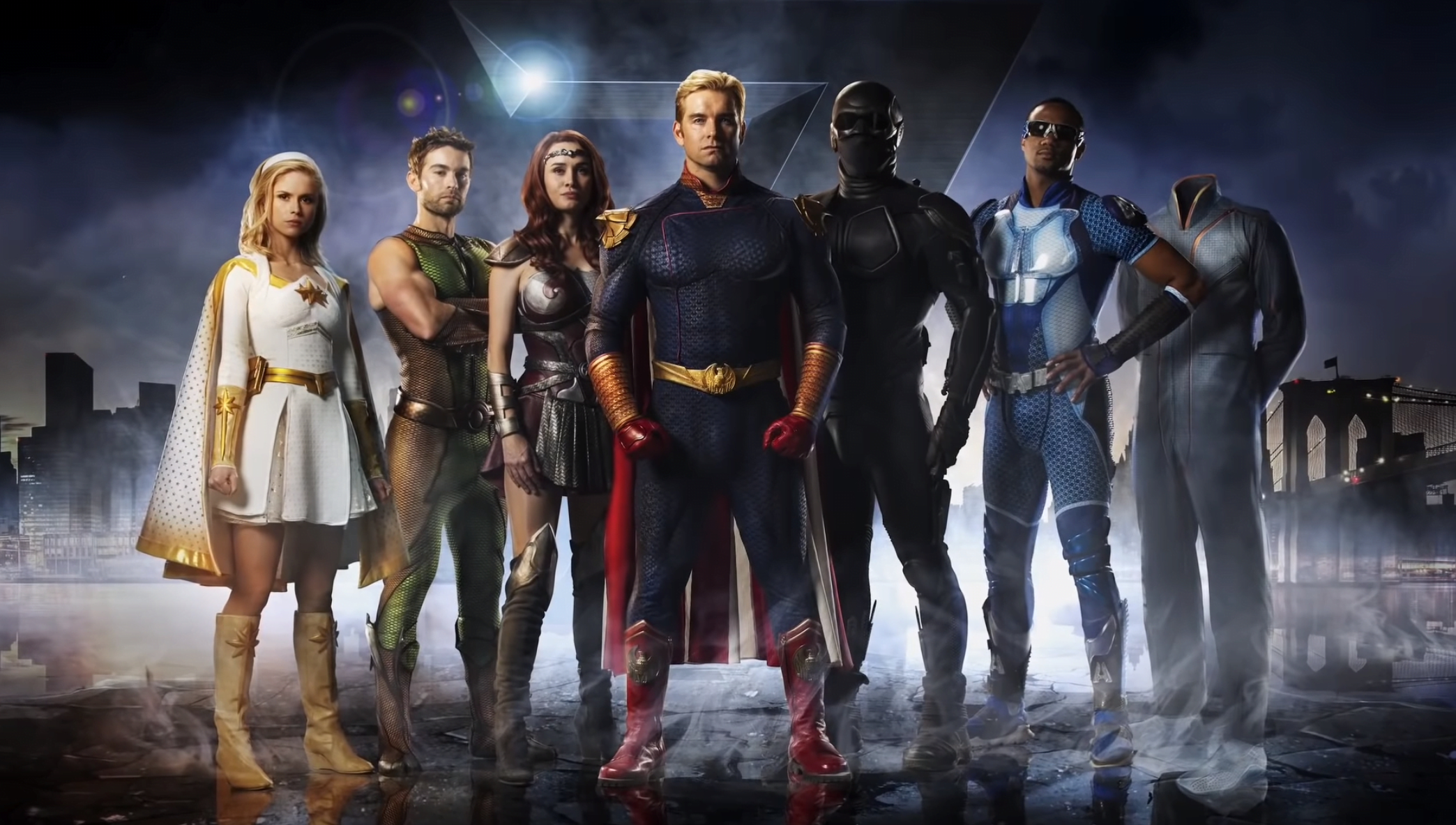
Heroes of the Past: Gods of Humanity and People Seeking Healing
This is certainly the era of the “superhero”.
In the real world in which we live, “superhero” has become the biggest synonym for Hollywood commercial cinema – the Marvel Cinematic Universe has swept the box office for nearly a decade, with Avengers 4 taking the box office title, Iron Man, Captain America, Spider-Man, Thor, and all the other garish jackets and outfits. The comic book movie craze also brought any subject matter to comedy line style, even in the heaviest style of Infinity War and The Ultimatum, there is no shortage of Ant-Man, fat house Thor to bring the laughs.
They have tremendous power. They have admirable virtues. They even have the ability to make you laugh.
Almost a century has passed since the first superhero in comic book history, Superman, was born in 1938. In the process, the image of “superhero” has bounced back and forth between “vigilantes,” “urban legends,” “modern gods,” and “mentally ill people,” with the theme of heroes and anti-heroes constantly changing. What is reflected in them is the constant leap forward of civilization in the real world – the
The fear of the external world, the desire for perfect justice, and the expectation of a judge who sees all things and can do no wrong have been transformed into the image of a “great and righteous” superhero.
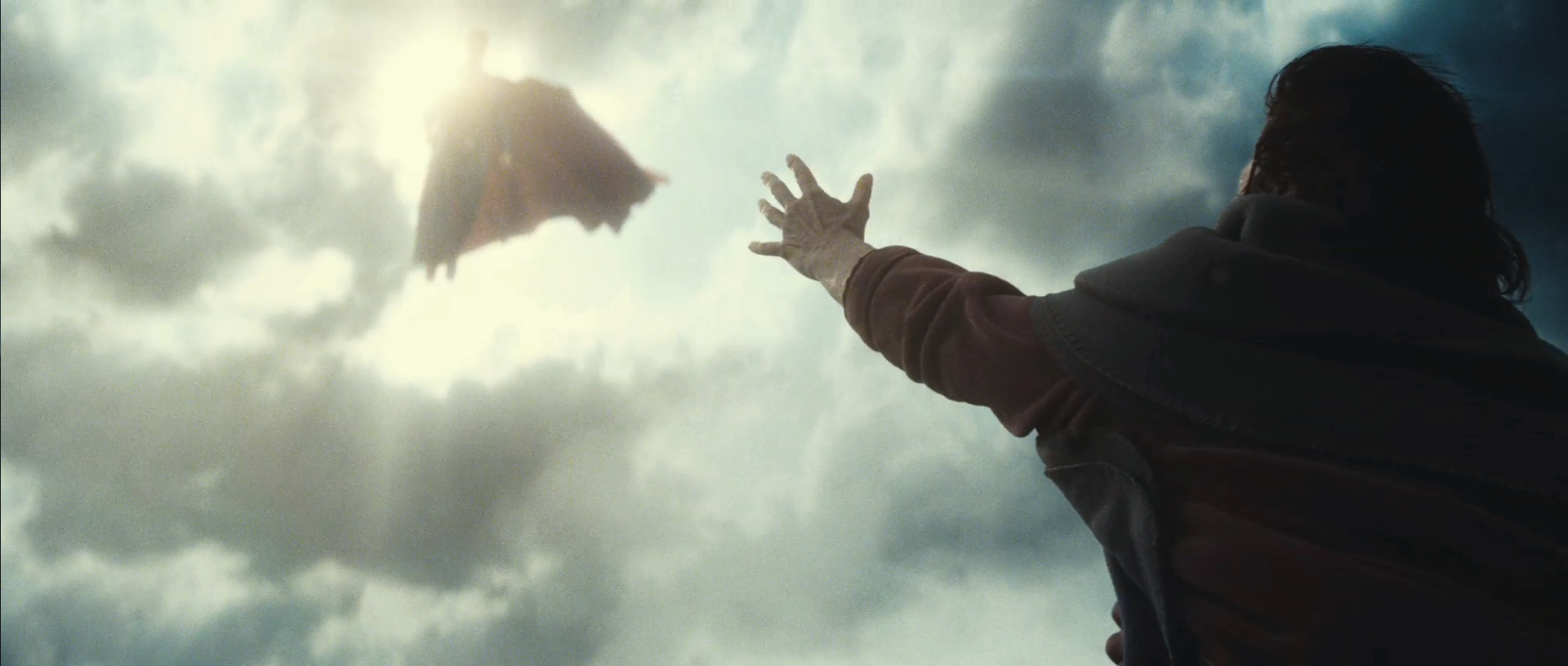
Among them, those who were born as men are becoming God. Those who were born as gods are searching for their humanity.
The “Batman” who has to die every time a new story is published, the “Batman” who uses his obsession to fight against all kinds of madness in the city, the “Spider-Man” who has become a super-powered person from an ordinary schoolboy, and who takes more responsibility with more power, the “Iron Man” who has sacrificed himself in a mortal body wearing an infinity glove, and so on.
Superman, who came from outer space but was raised on Earth, is nearly invincible; Wonder Woman, a descendant of the Greek gods from Paradise Island; and Thor, the son of Odin in Norse mythology, is the latter.
Some of the stories of “superheroes” are as beautiful as fairy tales, and some are as twisted as hell. The variation is deep or shallow, depending on whether the author is interested in human nature or divinity, the hope of human nature or the evil of human nature. The hero, the rebel from childhood trauma, the god caught up in the mortal world.
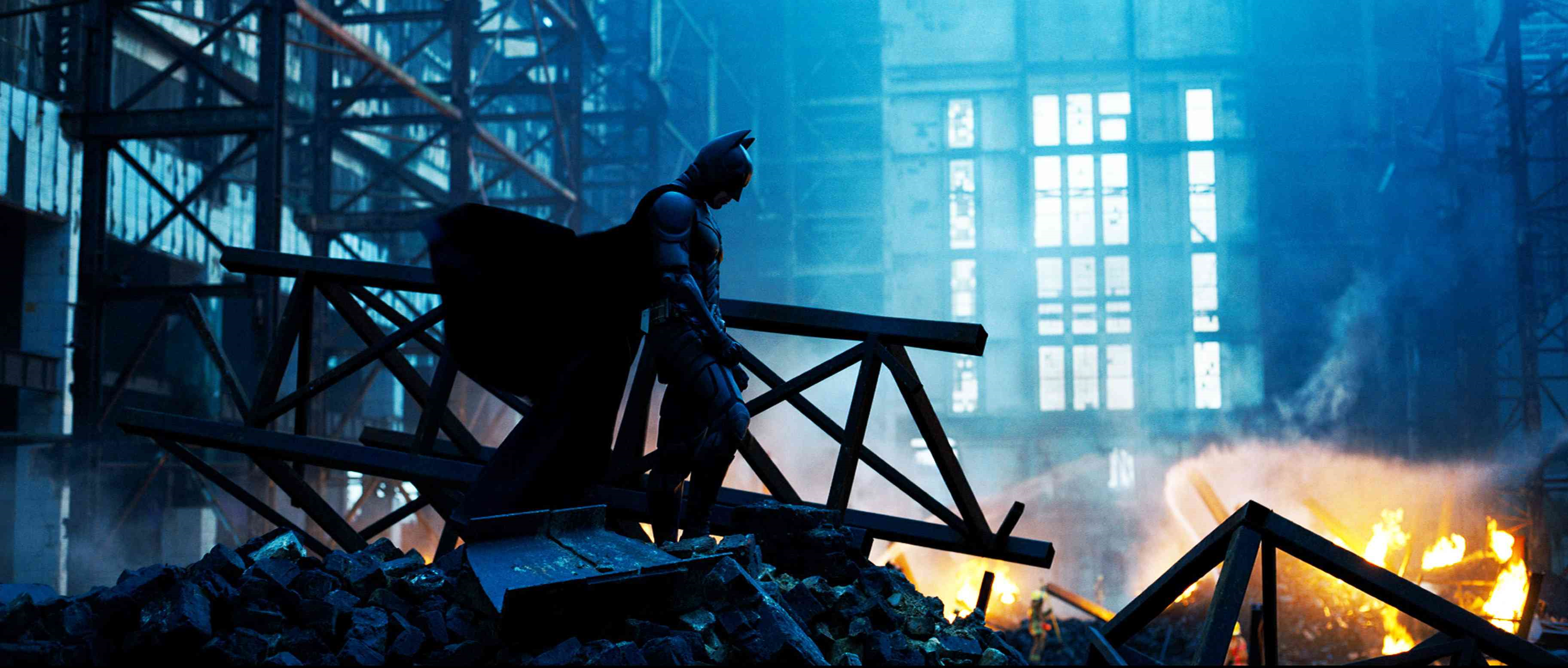
At the same time, people’s doubts about this God on earth – the human weaknesses that arise from the fact that “heroes are still human” – become the “anti-hero” images with darker overtones.
If heroes don’t have those moral compasses, they are left with the uncontrollable power that is the source of the villains in most “superhero” stories, but what if they didn’t blatantly put on the villain hat and destroy the world, but lived as heroes in society? This is, presumably, the world in which the American drama “The Black Robes Picket” is set.
Irony.
“Collateral Damage”
The Black Robes Picket is an American superhero drama that launched on Amazon at the end of July. The show has many labels, and the 18+ rating means that it is extremely eye-catching with gory scenes and explicit lines, showing an ironic world of superheroes.
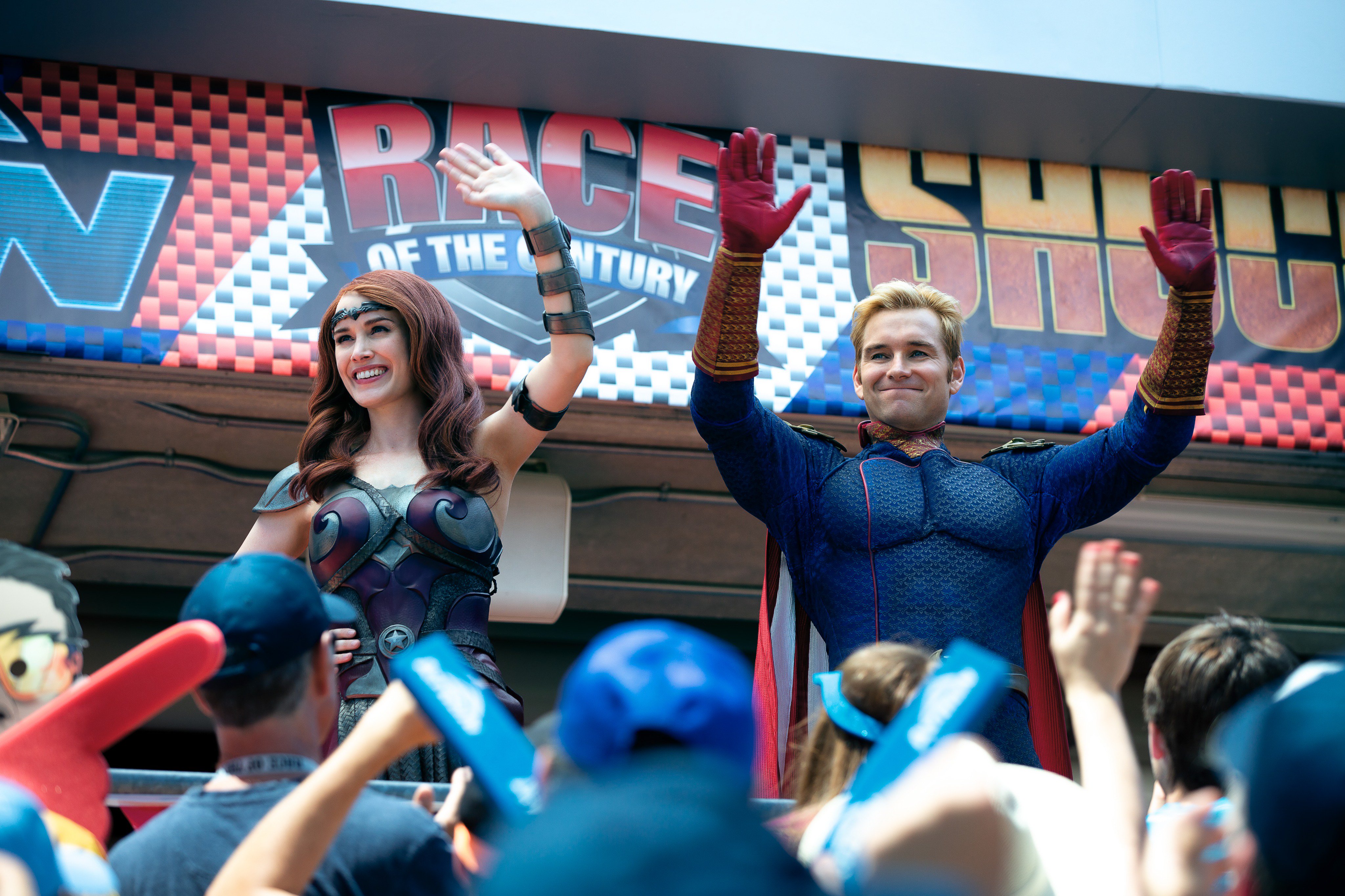
(The following text is spoilery, so readers can skip it if they mind)
The plot begins with a young couple standing by the curb, talking about their future – and then the next thing you know, a high-speed hero named “Locomotive” runs into his girlfriend, who claims he’s chasing a bank robber and can’t stop.
The Super Seven, in which “Locomotive” resides, resembles the superhero organizations of Marvel’s DC, with the main heroes having many shades of famous comic book characters: the leader “Zuguo Man”, whose powers are basically similar to Superman’s, flying around, invulnerable to weapons and shooting lasers with his eyes; Queen Maeve, who looks like Wonder Woman; “Locomotive”, a weakened version of the Flash; the mysterious “Xuan Shade”, who has a lifetime of ninja kung fu, throwing darts and covering his whole body; and “Deep Sea”, who can communicate with sea creatures and is naturally a replica of Neptune.
Although their abilities are similar to those of DC’s famous heroes, these guys are part of a commercial company’s “project” that has peripherals, movies, commercials, and promos. But underneath their sunny, righteous exterior, they are psychopaths, exposers, seducers, and drug addicts who have lost their childhood. ……
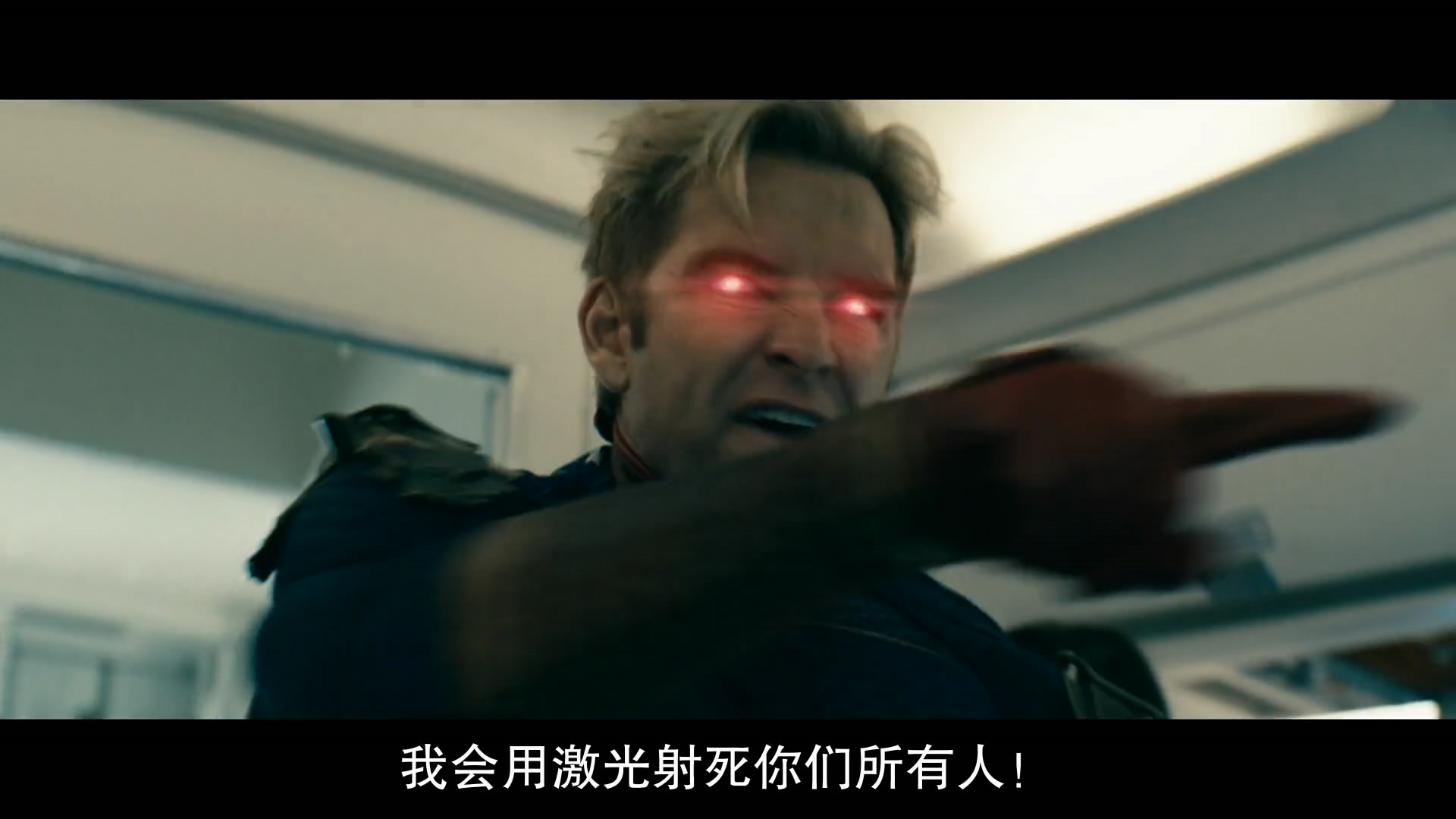
And the ordinary people who are affected by their “collateral damage” form the resistance that tries to expose these dark sides.
The setting of “Black Robes on the Picket Line” clearly has to do with reality: commercial corporations control superhero teams, each with elaborate personal and scripted stories, doing everything with fan support in mind, while secretly, they all have their own problems.
The “product” and superheroes
The “Zugs” are one of these characters. Characters that resemble Superman tend to have considerable duplicity – because their near-invincibility is an extremely volatile risk for humanity, and in the end, Superman doesn’t always save the world when he’s a hero, but he’s a hundred times scarier when he’s an enemy with no fear.
In canonical stories, Superman is a big, sunny boy growing up in rural America. It’s the only way that his fairy tales aren’t too dark. Zack Schneider’s versions of Man of Steel and Dawn of Justice, however, attempt to discuss the darker parts of the story that might lead to the creation of one of the most preoccupied Superman characters on the screen. According to Zack’s version of the DC Universe, Superman could have been darkened by the change of heart of his beloved Louis, leading to the plot of the comic book Injustice League. But after Zack’s exit, this direction will probably not happen.

The Dawn of Justice Dreamtime Villain Superman
“The biggest difference between Zuguo Man and Superman is the environment in which he grew up – he did not have a full family, but spent his childhood in a laboratory. We later find out that the young Zuccotti often carried a blanket around with him.
The corresponding knowledge: British pediatrician Donald Winnicott defines these small objects to which children are attached as “transitional objects,” which generally have something in common: they are soft and warm, they can be moved, and they serve as a substitute for the warmth and security that a mother gives to her child. This also explains why the “ancestral man” has such a relationship with his female boss – a psychological distortion caused by the absence of childhood relatives.
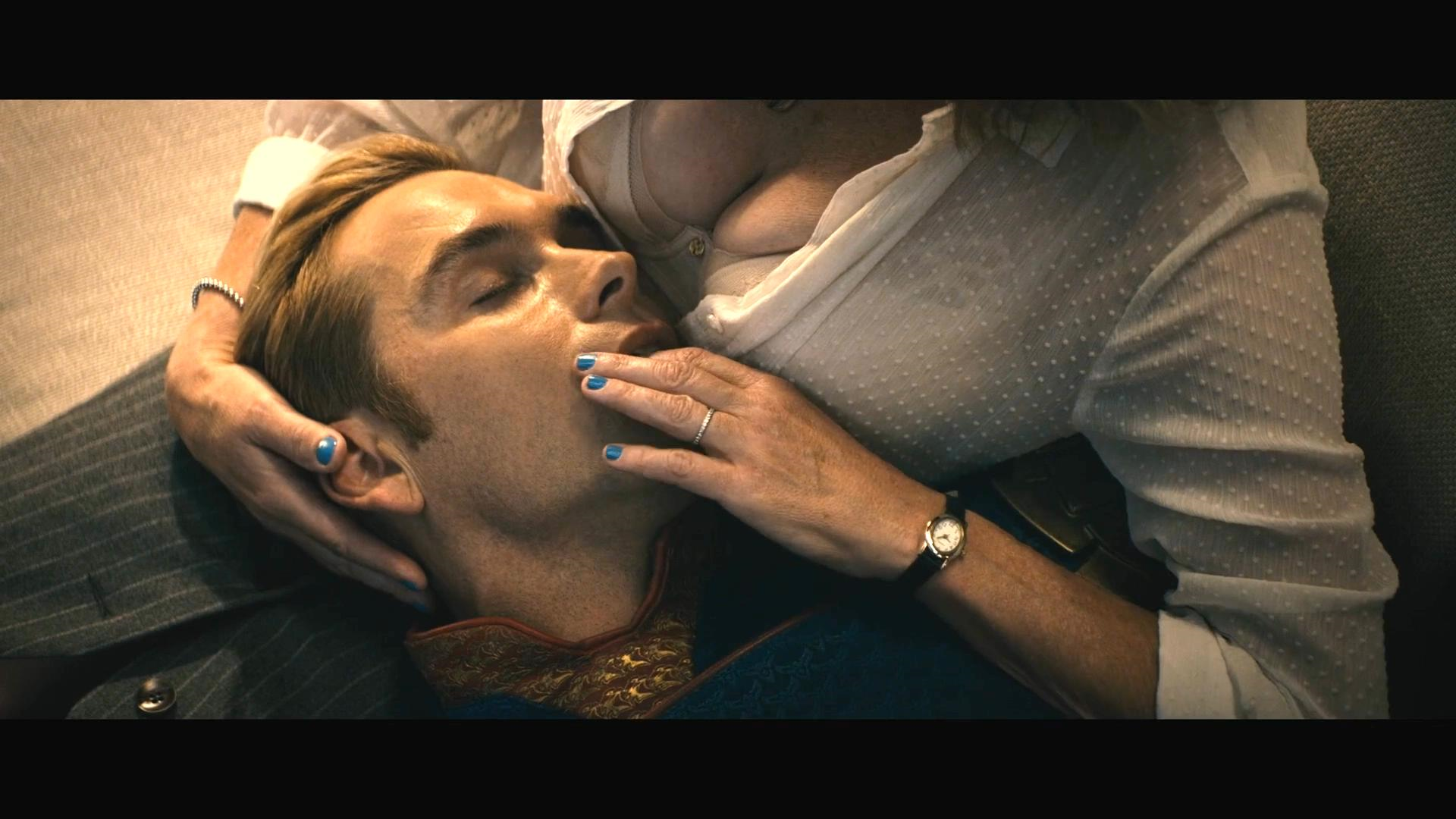
What we see is a superhuman being without idealized heroism. They are suffering from various external factors, lust or power, and have no time to care about what a “superhero” should look like – but what stands behind them and even above them is capital, business, and they are a “product”.
In the film, Walter’s final goal is to conquer the military-industrial industry, which will naturally be strongly obstructed by Congress. In order to achieve this goal, the Walt Company and its heroes go to great lengths, even resorting to the use of drugs to create a super villain – only the Walt Company’s “product” can fight back.

The greatest dramatic conflict in Black Robes is the changing role of the meta-humans as “products”, “humans”, or “heroes”. The damage they inflict on ordinary people gives birth to a protagonist team that has no superpowers, but is an actual “Avengers”.
Obviously, “The Black Robes Picket” is the complete opposite of the mainstream “superhero” genre. It is more like the famous “Watchmen”, which was bloody and violent, but “The Black Robes Picket” is not as deep as “Watchmen”, and the context in which it was born is different.
Watchmen is a product of the Cold War. The fear that nuclear war might destroy mankind at any time is figuratively transformed into a near-mythical character like Dr. Manhattan, and the “possibility” of history takes up a lot of ink in Watchmen. The Black Robes Picket was born in a time when superhero culture was at its most popular and commercially exploited, and it deals mostly with the irony of the industry under the yellow and violent images, and it is a good setting point to tell a story with enough ups and downs.
The first season of “Black Robes Picket” ended with a major hint of what was to come, and the overall development of the story was even more confusing. The feud between the protagonists, “The Butcher” and “The Motherlanders”, has become a cloud, so to whom should their anger be directed?
Recent Comments